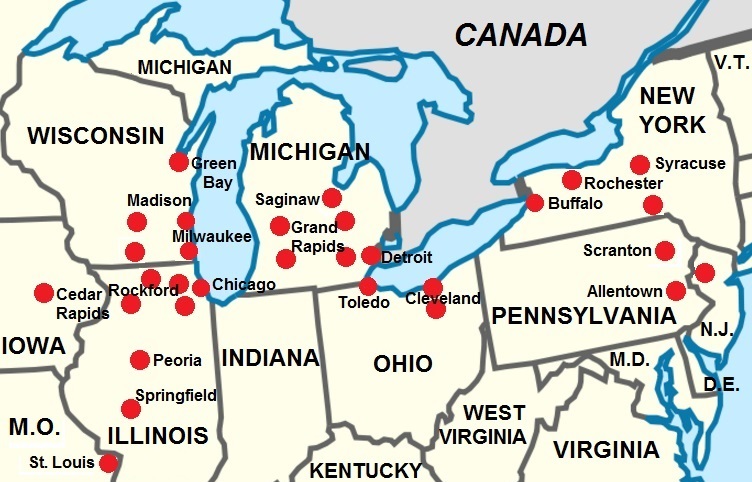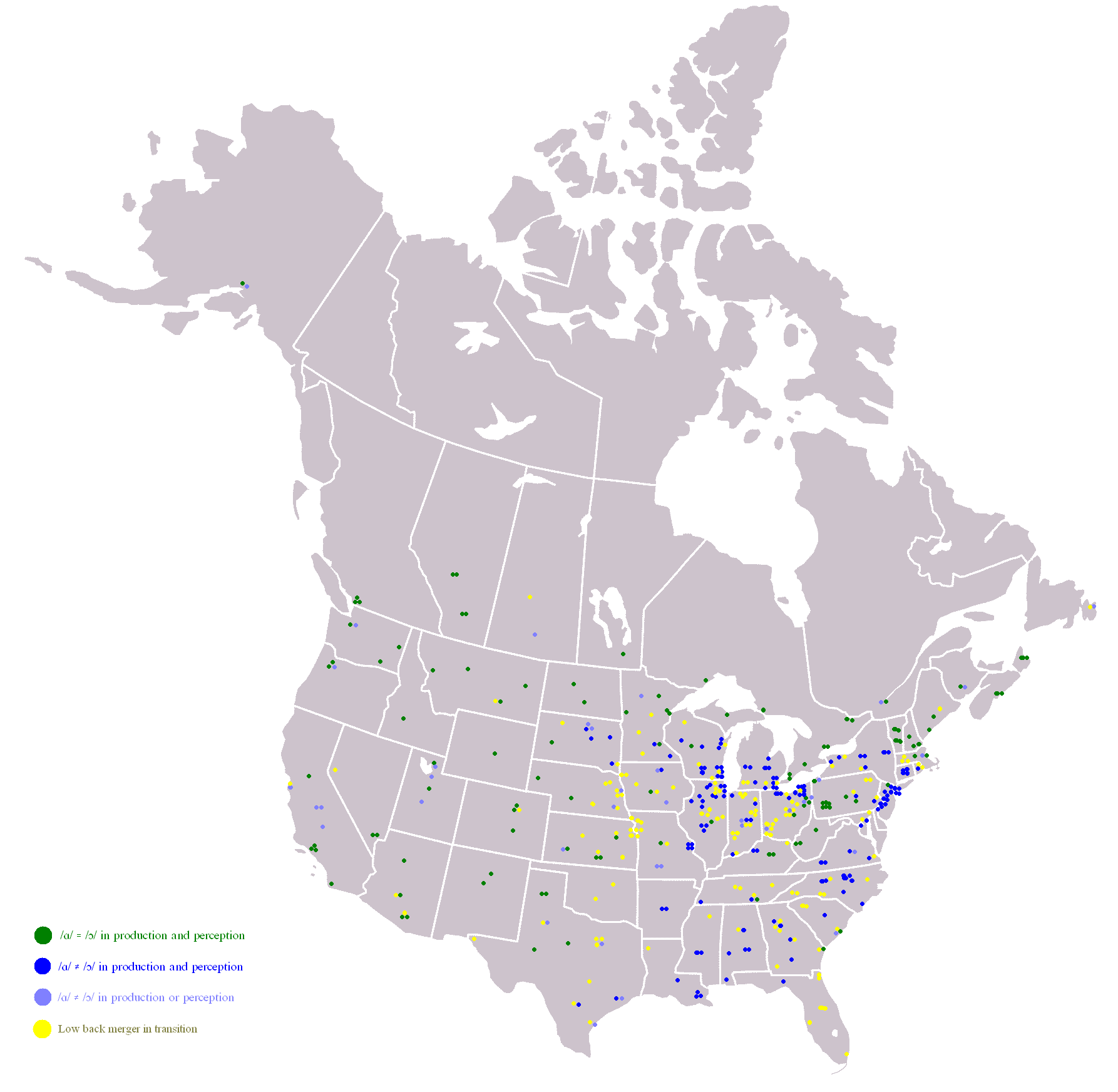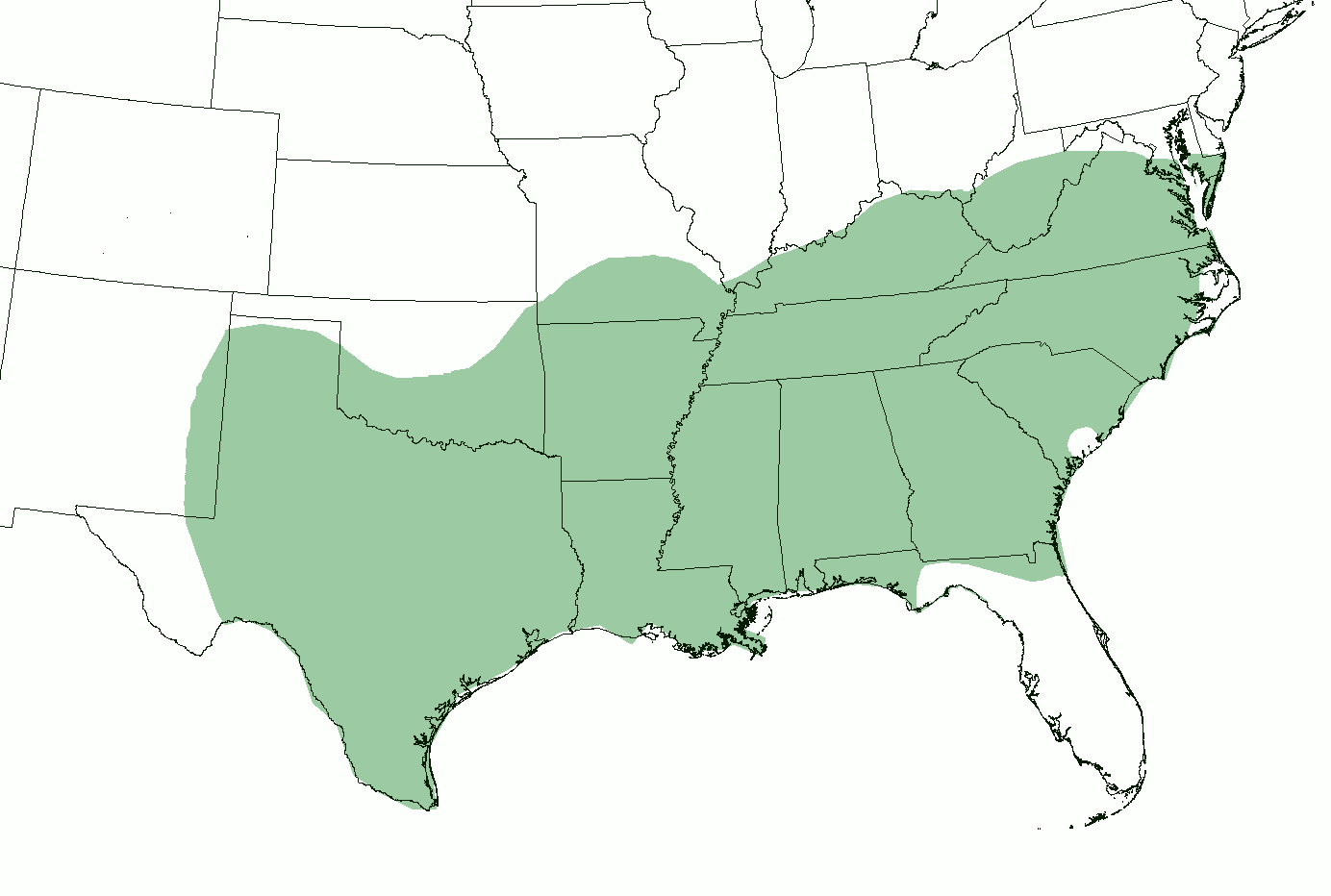|
North American English Regional Phonology
North American English regional phonology is the study of variations in the pronunciation of spoken North American English (English of the United States and Canada)—what are commonly known simply as "regional accents". Though studies of regional dialects can be based on multiple characteristics, often including characteristics that are phonology, phonemic (sound-based, focusing on major word-differentiating patterns and structures in speech), phonetics, phonetic (sound-based, focusing on any more exact and specific details of speech), lexicon, lexical (vocabulary-based), and syntax, syntactic (grammar-based), this article focuses only on the former two items. North American English includes American English, which has several highly developed and distinct regional varieties, along with the closely related Canadian English, which is more homogeneous geographically. American English (especially Western dialects) and Canadian English have more in common with each other than with Lis ... [...More Info...] [...Related Items...] OR: [Wikipedia] [Google] [Baidu] |
North American English
North American English (NAmE) encompasses the English language as spoken in both the United States and Canada. Because of their related histories and cultures, plus the similarities between the pronunciations (accents), vocabulary, and grammar of American English, U.S. English and Canadian English, linguists often group the two together. Canadians are generally tolerant of both British and American spellings, although certain words always take British spellings (e.g., ''cheque'') and others American spellings (e.g., ''tire'' rather than ''tyre''). Dialects of English spoken by United Empire Loyalists who fled the American Revolution (1775–1783) have had a large influence on Canadian English from its early roots. Some terms in North American English are used almost exclusively in Canada and the United States (for example, the terms ''diaper'' and ''gasoline'' are widely used instead of ''nappy'' and ''petrol''). Although many English speakers from outside North America regard ... [...More Info...] [...Related Items...] OR: [Wikipedia] [Google] [Baidu] |
Connecticut River
The Connecticut River is the longest river in the New England region of the United States, flowing roughly southward for through four states. It rises 300 yards (270 m) south of the U.S. border with Quebec, Canada, and discharges into Long Island Sound between Old Saybrook, Connecticut, Old Saybrook and Old Lyme, Connecticut. Its watershed encompasses , covering parts of five U.S. states and one Canadian province, via 148 tributaries, 38 of which are major rivers. It produces 70% of Long Island Sound's fresh water, discharging at per second. The Connecticut River Valley is home to some of the northeastern United States' most productive farmland, as well as the Hartford–Springfield, Hartford–Springfield Knowledge Corridor, a metropolitan region of approximately two million people surrounding Springfield, Massachusetts, and Hartford, Connecticut. History The word "Connecticut" is a Corruption (linguistics), corruption of the Mohegan word ''quinetucket'' and Nipmuc word ''kw ... [...More Info...] [...Related Items...] OR: [Wikipedia] [Google] [Baidu] |
Inland North
Inland Northern (American) English, also known in American linguistics as the Inland North or Great Lakes dialect, is an American English dialect spoken primarily by White Americans throughout much of the U.S. Great Lakes region. The most distinctive Inland Northern accents are spoken in Chicago, Detroit, Cleveland, Milwaukee, Buffalo, Rochester, and Syracuse. The dialect can be heard as far east as upstate New York and as far west as eastern Iowa and even among certain demographics in the Twin Cities, Minnesota. Some of its features have also infiltrated a geographic corridor from Chicago southwest along historic Route 66 into St. Louis, Missouri; today, the corridor shows a mixture of both Inland North and Midland American accents. Linguists often characterize the northwestern Great Lakes region's dialect separately as North-Central American English. The early 20th-century accent of the Inland North was the basis for the term "General American", though the regional ... [...More Info...] [...Related Items...] OR: [Wikipedia] [Google] [Baidu] |
Philadelphia English
Philadelphia English or Delaware Valley English is a variety or dialect of American English native to Philadelphia and extending throughout the city's metropolitan area, including southeastern Pennsylvania, South Jersey, counties of northern Delaware (especially New Castle and Kent), and the north Eastern Shore of Maryland. The dialect is also spoken in such cities as Camden, Wilmington, Reading, Vineland, Atlantic City, and Dover. Philadelphia English is one of the best-studied varieties of English, as Philadelphia's University of Pennsylvania was the home institution of pioneering sociolinguist William Labov. Philadelphia English shares certain features with New York City English and Midland American English. Philadelphia and Baltimore accents fall under what Labov described as a single Mid-Atlantic dialect, encompassing the Mid-Atlantic region of the United States. According to linguist Barbara Johnstone, migration patterns and geography affected the dialect's dev ... [...More Info...] [...Related Items...] OR: [Wikipedia] [Google] [Baidu] |
Baltimore English
A Baltimore accent, also known as Baltimorese and sometimes humorously spelled Bawlmerese or Ballimorese, is an accent or sub-variety of Delaware Valley English (a dialect whose largest hub is ) that originates among blue-collar residents of , < ... [...More Info...] [...Related Items...] OR: [Wikipedia] [Google] [Baidu] |
Western American English
Western American English (also known as Western U.S. English) is a variety of American English that largely unites the entire Western United States as a single dialect region, including the states of California, Nevada, Arizona, Utah, New Mexico, Colorado, Wyoming, and Montana. It also generally encompasses Washington, Oregon, and Idaho, some of whose speakers are classified under Pacific Northwest English. The West was the last area in the United States to be reached during the gradual westward expansion of settlement by English speakers and its history shows considerable mixing and leveling of the linguistic patterns of other regions. Therefore, since the settlement populations are relatively young when compared with other regions, the American West continues to be a dialect region in formation. According to the 2006 '' Atlas of North American English'', as a very broad generalization, Western U.S. accents are differentiated from Southern U.S. accents in maintaining as a ... [...More Info...] [...Related Items...] OR: [Wikipedia] [Google] [Baidu] |
Western Pennsylvania English
Western Pennsylvania English, known more narrowly as Pittsburgh English or popularly as Pittsburghese, is a dialect of American English native primarily to the Western Pennsylvania, western half of Pennsylvania, centered on the city of Pittsburgh, Pennsylvania, Pittsburgh, but potentially appearing in some speakers as far north as Erie County, Pennsylvania, Erie County, as far east as Harrisburg, as far south as Clarksburg micropolitan area, Clarksburg, West Virginia, and as far west as Youngstown, Ohio. Commonly associated with the working class of Pittsburgh, users of the dialect are colloquially known as "Yinzers". Overview Scotch-Irish American, Scots-Irish, Pennsylvania Dutch language, Pennsylvania Dutch, Polish people, Polish, Ukrainians, Ukrainian and Croats, Croatian immigrants to the area all provided certain loanwords to the dialect (see "Vocabulary" below). Many of the sounds and words found in the dialect are popularly thought to be unique to Pittsburgh, but that is a ... [...More Info...] [...Related Items...] OR: [Wikipedia] [Google] [Baidu] |
Cot–caught Merger
The ''cot''–''caught'' merger, also known as the merger or low back merger, is a sound change present in some dialects of English where speakers do not distinguish the vowel phonemes in words like ''cot'' versus ''caught''. ''Cot'' and ''caught'' (along with ''bot'' and ''bought'', ''pond'' and ''pawned'', etc.) is an example of a minimal pair that is lost as a result of this sound change. The phonemes involved in the ''cot''–''caught'' merger, the low back vowels, are typically represented in the International Phonetic Alphabet as and or, in most United States English, as and . The merger is typical of most Indian, Canadian, and Scottish English dialects as well as some Irish and U.S. English dialects. An additional vowel merger, the ''father''–''bother'' merger, which spread through North America in the eighteenth and nineteenth centuries, has resulted today in a three-way merger in which most Canadian and many U.S. accents have no vowel difference in words lik ... [...More Info...] [...Related Items...] OR: [Wikipedia] [Google] [Baidu] |
Vancouver Island
Vancouver Island is an island in the northeastern Pacific Ocean and part of the Canadian province of British Columbia. The island is in length, in width at its widest point, and in total area, while are of land. The island is the largest by area and the most populous along the west coasts of the Americas. The southern part of Vancouver Island and some of the nearby Gulf Islands are the only parts of British Columbia or Western Canada to lie south of the 49th parallel. The southeast part of the island has one of the warmest climates in Canada, and since the mid-1990s has been mild enough in a few areas to grow Mediterranean crops such as olives and lemons. The population of Vancouver Island was 864,864 as of 2021. Nearly half of that population (~400,000) live in the metropolitan area of Greater Victoria on the southern tip of the island, which includes Victoria, the capital of British Columbia. Other notable cities and towns on Vancouver Island include Nanaimo, Campb ... [...More Info...] [...Related Items...] OR: [Wikipedia] [Google] [Baidu] |
Victoria, British Columbia
Victoria is the capital city of the Provinces and territories of Canada, Canadian province of British Columbia, on the southern tip of Vancouver Island off Canada's Pacific Ocean, Pacific coast. The city has a population of 91,867, and the Greater Victoria area has a population of 397,237. The city of Victoria is the seventh most densely populated city in Canada with . Victoria is the southernmost major city in Western Canada and is about southwest from British Columbia's largest city of Vancouver on the mainland. The city is about from Seattle by airplane, Harbour Air Seaplanes, seaplane, ferry, or the Clipper Navigation, Victoria Clipper passenger-only ferry, and from Port Angeles, Washington, Port Angeles, Washington (state), Washington, by ferry across the Strait of Juan de Fuca. Named for Queen Victoria, the city is one of the oldest in the Pacific Northwest, with British settlement beginning in 1843. The city has retained a large number of its historic buildings, in ... [...More Info...] [...Related Items...] OR: [Wikipedia] [Google] [Baidu] |
New York City English
New York City English, or Metropolitan New York English, is a regional dialect of American English spoken primarily in New York City and some of its surrounding metropolitan area. Along with Southern American English, it has been described by sociolinguist William Labov as one of the most widely recognized regional dialects in the United States. Its pronunciation system—the New York accent—is widely represented in American media by many public figures and fictional characters. Major features of the accent include a high, gliding vowel (in words like ''talk'' and ''caught''); a split of the "short a" vowel into two separate sounds; variable dropping of ''r'' sounds; and a lack of the '' cot–caught'', '' Mary–marry–merry'', and '' hurry–furry'' mergers heard in many other American accents. Today, New York City English is associated particularly with urban New Yorkers of lower and middle socioeconomic status who are descended from 19th- and 20th-century European i ... [...More Info...] [...Related Items...] OR: [Wikipedia] [Google] [Baidu] |
Southern American English
Southern American English or Southern U.S. English is a regional dialect or collection of dialects of American English spoken throughout the Southern United States, primarily by White Southerners and increasingly concentrated in more rural areas. As of 2000s research, its conservative and innovative (linguistics), most innovative accents include southern Appalachian English, Appalachian and certain Texan English, Texan accents. Such research has described Southern American English as the largest Dialects of North American English, American regional accent group by number of speakers. More formal terms used within American linguistics include ''Southern White Vernacular English'' and ''Rural White Southern English''. However, more commonly in the United States, the variety is recognized as a Southern accent, which technically refers merely to the Southern accent (United States), dialect's sound system, often also simply called Southern. History A diversity of Older Southern Americ ... [...More Info...] [...Related Items...] OR: [Wikipedia] [Google] [Baidu] |







